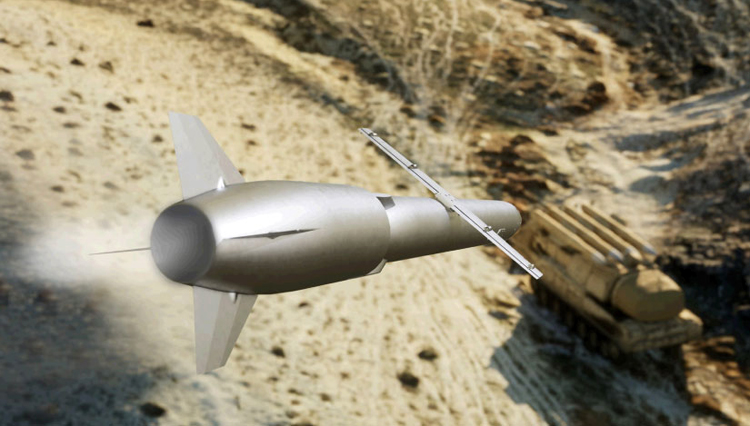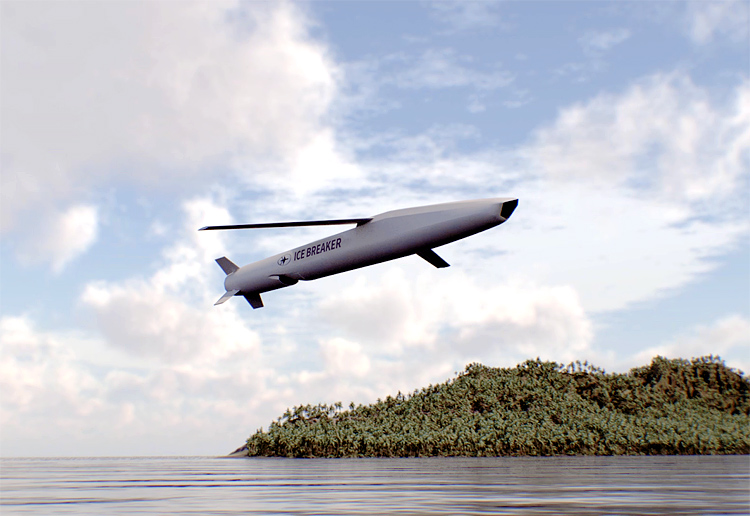INDIAN ARMED FORCES CHIEFS ON OUR RELENTLESS AND FOCUSED PUBLISHING EFFORTS

The insightful articles, inspiring narrations and analytical perspectives presented by the Editorial Team, establish an alluring connect with the reader. My compliments and best wishes to SP Guide Publications.

"Over the past 60 years, the growth of SP Guide Publications has mirrored the rising stature of Indian Navy. Its well-researched and informative magazines on Defence and Aerospace sector have served to shape an educated opinion of our military personnel, policy makers and the public alike. I wish SP's Publication team continued success, fair winds and following seas in all future endeavour!"

Since, its inception in 1964, SP Guide Publications has consistently demonstrated commitment to high-quality journalism in the aerospace and defence sectors, earning a well-deserved reputation as Asia's largest media house in this domain. I wish SP Guide Publications continued success in its pursuit of excellence.
- A leap in Indian aviation: Prime Minister Modi inaugurates Safran's Global MRO Hub in Hyderabad, Calls It a Milestone
- All about HAMMER Smart Precision Guided Weapon in India — “BEL-Safran Collaboration”
- India, Germany deepen defence ties as High Defence Committee charts ambitious plan
- True strategic autonomy will come only when our code is as indigenous as our hardware: Rajnath Singh
- EXCLUSIVE: Manish Kumar Jha speaks with Air Marshal Ashutosh Dixit, Chief of Integrated Defence Staff (CISC) at Headquarters, Integrated Defence Staff (IDS)
- Experts Speak: G20 Summit: A Sign of Global Fracture
Wind Demon – Ice Breaker; Rudrastra – Jatuka
India continues to enhance its strategic defence capabilities through the evaluation of advanced missile systems and the development and testing of indigenous unmanned technologies
 |
The Author is Former Director General of Information Systems and A Special Forces Veteran, Indian Army |

As a follow up to Operation 'Sindoor', the Indian Air Force (IAF) is taking measures to advance its strategic precision capabilities. According to news reports of June 11, 2025, the IAF is assessing two advanced missile systems; the Wind Demon of Israel Aerospace Industries (IAI) and the Ice Breaker of the Rafael Advanced Defense Systems. Notably, the IAF used the IAI's Rampage missiles in Op 'Sindoor' for effective neutralisation of Pakistan Air Force (PAF) airbase during recent hostilities.
IAF is assessing two advanced missile systems; the Wind Demon of Israel Aerospace Industries (IAI) and the Ice Breaker of the Rafael Advanced Defense Systems
The Wind Demon is a lightweight, air-launched cruise missile, weighing approximately 140 kg, with a range exceeding 200 km. Its design allows integration with multiple aerial platforms, including helicopters and fighter jets, offering the IAF significant operational flexibility. The missile features advanced electro-optical and laser-guided seekers, automatic target recognition (ATR), and real-time video transmission, ensuring precise targeting in both day and night operations. The person-in-the-loop control enables choosing rapid or deliberate engagement modes according to mission requirements. The adaptable 20 kg warhead can be configured for fragmentation, blast, or penetration effects, allowing tailored lethality against a range of targets.

The Ice Breaker is a long-range, precision-strike missile, with a range of up to 300 km, designed for deployment across land, air, and sea platforms, including jet fighters, light attack aircraft, helicopters, small maritime vessels, and ground vehicles. The missile employs a multi-mode imaging infrared (IIR) seeker, GNSS-independent navigation, and advanced terrain-following or sea-skimming profiles, making it highly resistant to electronic warfare and difficult to intercept. Its very low observable (VLO) signature and synchronised salvo launch capability enable it to penetrate and overwhelm sophisticated Integrated Air Defence Systems (IADS), making it especially effective against high-value, well-defended targets such as command centres, naval vessels, and hardened airbases. The missile's autonomous targeting is enhanced by artificial intelligence-driven ATR and scene-matching algorithms, ensuring high mission effectiveness with low collateral damage. The missile can operate fully autonomously or with man-in-the-loop decision backup, allowing flexible rules of engagement and real-time battle damage assessment.
Both the Wind Demon and Ice Breaker offer significant advancements over existing systems like the Rampage, particularly in terms of flexibility, survivability, and lethality
Both the Wind Demon and Ice Breaker offer significant advancements over existing systems like the Rampage, particularly in terms of flexibility, survivability, and lethality. Their adaptability to multiple launch platforms, advanced guidance systems, and resilience in contested environments align with the IAF's doctrine of maintaining technological superiority and operational readiness for precision deep-strike missions.
The acquisition of these next-generation missiles would bolster India's deterrence posture and ensure IAF's dominance across complex, contested environments in maintaining a decisive edge in regional security dynamics by neutralising high-value targets deep inside enemy territory, even in the face of dense air defence networks.

On June 11, 2025, the 'Rudrastra' unmanned aerial vehicle (UAV), developed by Solar Defence and Aerospace Limited (SDAL), achieved a significant milestone by successfully completing a critical trial at the Pokhran Field Firing Range. Rudrastra is an indigenous vertical take-off and landing (VTOL) UAV having a precision strike range of 170 km. During the trial, Rudrastra demonstrated its key features, including VTOL capability, extended flight range, real-time surveillance, and accurate target engagement.
On June 11, 2025, the 'Rudrastra' unmanned aerial vehicle (UAV), developed by Solar Defence and Aerospace Limited (SDAL), achieved a significant milestone by successfully completing a critical trial at the Pokhran Field Firing Range.
The UAV demonstrated robust operational capability, covering a mission radius of over 50 km with a stable real-time video link and successfully returning to the original launch point. The total range, including loitering at the target area, exceeded 170 km, with an estimated endurance of approximately 1.5 hours. During the trial, the UAV also successfully maintained a stable video link throughout the trial. One of the standout moments of the trial was the mid-altitude release of a precision-guided anti-personnel warhead. Notably, the munition executed a low-height airburst detonation with lethal effect over a wide area.
The trial of Rudrastra was conducted in line with performance parameters laid out by the Indian Army, including vertical take-off and landing, high endurance, precision targeting, and mission flexibility. The test marked another step forward in India's efforts to strengthen homegrown military technology under the Atmanirbhar Bharat initiative.

NewSpace Research and Technology (NRT) has developed the 'Jatuka' drone in partnership with the Centre for Artificial Intelligence & Robotics (CAIR) of the Defence Research and Development Organisation (DRDO), under the Technology Development Fund (TDF) Scheme. The drone was showcased at the 'Startup Mahakumbh' in Delhi in April 2025. Key features of Jatuka include: Autonomous indoor flight; LiDAR-based 3D mapping; AI/ML navigation; Object detection; Failsafe localisation. Built for darkness, danger and denied spaces, it was handed over to the DRDO in October 2024. A CAIR official called it "a silent revolution unfolding in air and indoors". Jatuka's edge lies in real-time intelligence for search and rescue, disaster response, industrial inspection, and hostile zone reconnaissance.
Jatuka drone is designed for challenging environments like darkness and denied spaces, and is being considered for roles in counter-terrorism, special operations, and urban swarm applications
Jatuka is designed for challenging environments like darkness and denied spaces, and is being considered for roles in counter-terrorism, special operations, and urban swarm applications. For operations on forests and inside buildings. Jatuka gives live video feeds. Along with this, it also sends information about enemy positions. This reduces the need for soldiers to risk their lives. It can carry a weight of about 500 grams and one operator can control several Jatuka drones simultaneously. Currently in the testing phase, NRT aims at full user deployment in the third quarter of 2025. Jatuka is expected to join the Indian military forces soon.





